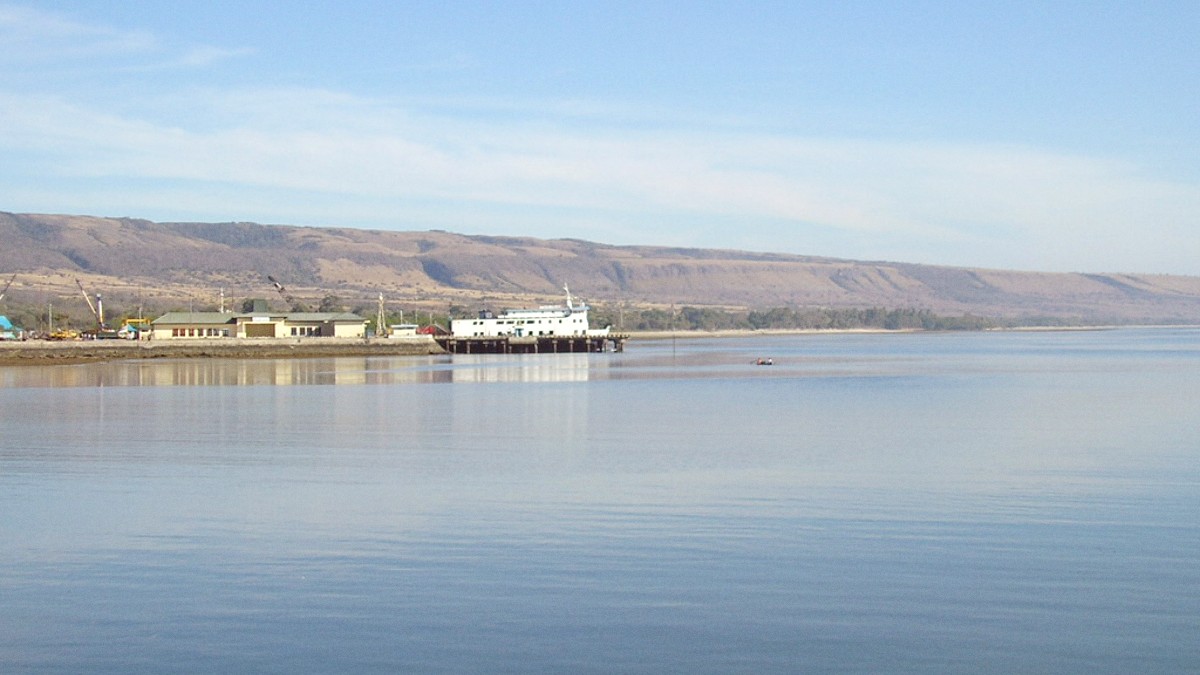
Nusa Tenggara, Indonesia
This island's essence unfolds through its ancient sites and breathtaking vistas. Each tells a story of enduring traditions and untouched environments.
Sumba's landscape blends profound history with natural beauty, inviting exploration.
Local guides are often available and recommended for cultural insights and respectful interaction.
A picturesque hillside village with traditional houses and ancient megalithic tombs.
Features unusually tall-roofed houses and megalithic tombs directly on a stunning white sand beach.
Known for its impressive collection of large megalithic tombs.
Villages near Praijing offering additional insights into local life and traditions.
Dress modestly, ask permission for photographs, and avoid climbing on sacred tombs.
Sumba's rich history is evident in its ancient structures and enduring traditions, especially its unique burial practices.
Sumba is renowned globally for its ancient megalithic burial sites, which remain in active use.
These massive stone tombs, often weighing many tons, are carved from single blocks of stone.
They are central to the Marapu ancestral belief system, embodying a powerful connection to the past and ensuring lineage continuation.
These impressive structures appear throughout traditional villages like Praijing, Ratenggaro, and especially in the Anakalang area.
Anakalang in West Sumba is especially known for its larger, more numerous tombs.
Visitors should approach these sites with reverence and respect their sacred nature.
This picturesque traditional village sits on a hillside, presenting a tiered layout with numerous iconic Uma Mbatangu (traditional Sumba houses).
A stunning traditional village known for its unusually tall-roofed houses and a collection of ancient megalithic tombs, located directly on a white sand beach.
Anakalang is notably known for its impressive collection of large megalithic tombs. Tarung-Weegege offers additional insights into local life and traditions.
Sumba's untouched environment features a wealth of natural attractions and outdoor experiences.
Sumba's vast savannas and untouched coastlines define its natural attractions. The island's unique ecosystems and biodiversity are best experienced through responsible exploration.
Experience the crystal-clear turquoise waters of Weekuri Lagoon, perfect for swimming. Lapopu Waterfall provides a refreshing break from the heat in a lush setting.
Wairinding Hill offers iconic panoramic views of rolling, golden savannas, especially stunning at sunrise or sunset. Walakiri Beach is famous for its "dancing trees" creating picturesque settings.
Routes from easy village walks to challenging waterfall treks (Tanggedu, Waimarang) provide varying levels of exertion.
Explore trails on GetYourGuideEnjoy refreshing swims in lagoons and waterfalls. Surfing is possible on powerful south coast breaks (Tarimbang, Marosi) for experienced surfers.
Discover water activities on GetYourGuideCycling routes are challenging due to heat and terrain. Encounter iconic Sumbanese horses roaming freely in the savannas.
Find tours on GetYourGuideSumba home to several endemic bird species, a point of interest for birdwatchers in less disturbed forest and savanna areas.
Book birding trips on GetYourGuideVisit secluded Mandorak Beach, dramatic Bawana Beach, or quiet Puru Kambera for varied coastal experiences.
Plan your beach day with GetYourGuideSumbanese cultural immersion extends to unique practices and learning opportunities.
Discover Sumba's lesser-visited spots for quiet beauty and authentic experiences for those willing to venture further.
Beyond the main attractions, Sumba holds special places and insights for the curious explorer.
These villages serve as living historical sites, where ancestral practices continue, and the architecture reflects centuries of tradition.
Sumba's expansive savannas and untouched coastlines define its main natural attraction, offering unique ecosystems.
For insights, engaging with local guides is highly recommended. They share stories and traditions.
Consider exploring tours on GetYourGuide for pre-arranged experiences.
Sumba offers breathtaking scenery for photographers, from dramatic coastlines to serene savannas.
These locations provide stunning backdrops for capturing Sumba's natural grandeur.
Sumba's south coast has unspoiled beaches, perfect for relaxation and capturing tranquil moments.
Each beach offers an unique experience, from tranquil dips to adventurous surfing.
Optimal seasons for specific attractions, like dry season for clear skies and sunsets, or wet season for lush waterfalls.
Consider hiring local guides. They offer invaluable cultural context and ease navigation in remote or sensitive areas.
Politeness, modesty, and respectful interaction with local communities enhance your visit and show consideration.